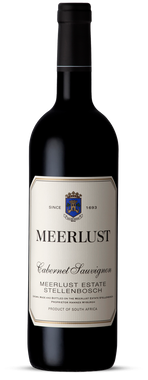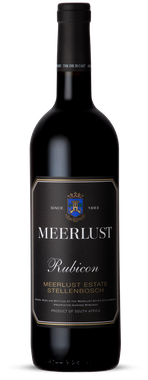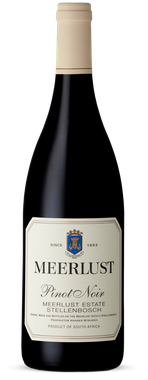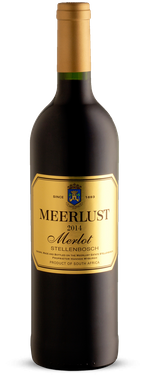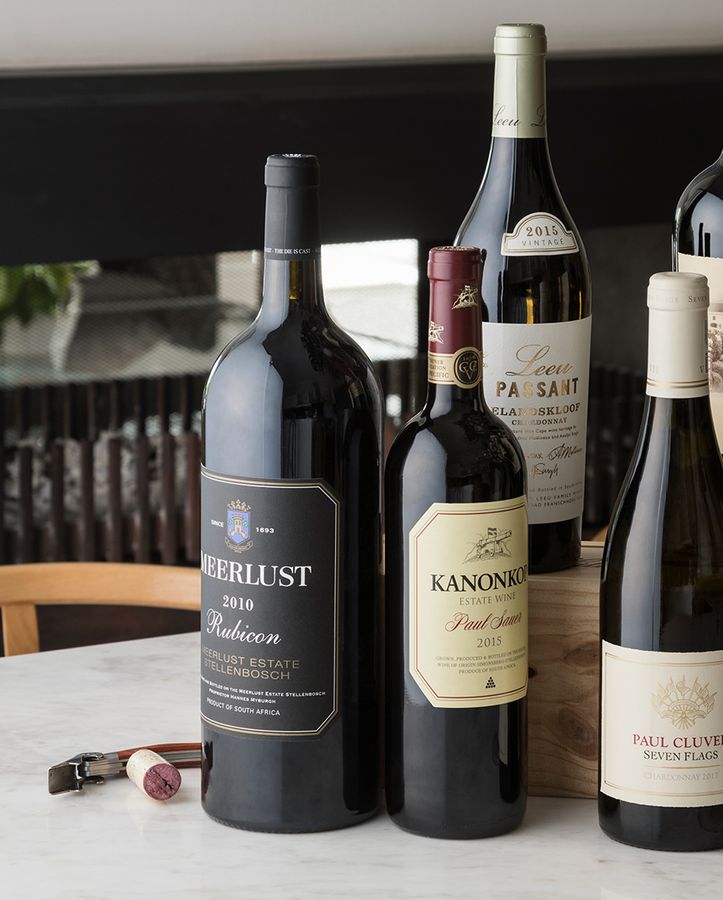This act of rebellion against the Roman Senate is now immortalised in idiomatic expression and lends its weight and poetic license to the more inspired amongst us.
The Past
For the Myburgh family, now in their 8th generation, inspiration abounds. Impelled by the desire to produce a distinguished red wine, it was Nico Myburgh who cast the proverbial die with the first production of Meerlust Rubicon in 1980. Enlisting the help of fellow Francophile Giorgio Dalla Cia, the two set about harnessing their Mediterranean talents and tendencies. They succeeded in creating a world-class red blend that stoically changed the direction of South African Red winemaking, marrying European finesse with a proud sense of place and a grand idea of age-ability.
Age is a recurrent theme echoed throughout the Myburgh homestead, a gabled estate cloaked in a blanket of rich and illustrious history. Henning Hüising, an illiterate German mercenary was the first to lay claim to this hallowed piece of land perching atop its granite outcrop and not 5km from the False Bay Coast. It was he who christened the property “Pleasure of the sea” and it was he who quarried the first stones for construction. With the new incumbents came a renewed sense of social and environmental responsibility and a more focused ethos encouraging the idea of winemaking as an adventure that brings people together.
The Present
Now distinguished as a national monument and bestowed with the requisite rich- mahogany and dimly-lit thatched cellar this 300-year-old building lends itself to linear composition. First fictionalised as “Trianon” in the novel “The Covenant” and painted by the likes of Jan Hendrick Pierneef it is no wonder that current custodian Hannes Myburgh, when remarking upon the constant changes in ageing wine, proclaimed rather rhythmically (and suitably morbidly) “just like us, dying as we speak.”
